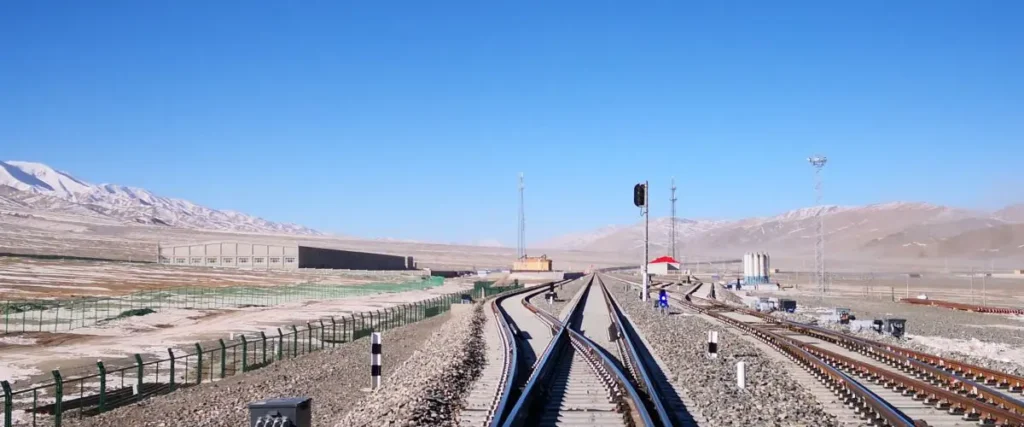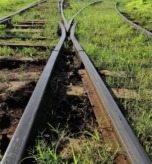Table of Contents
Introduction
Weather conditions play a crucial role in the performance of railroad turnouts. These specialized track switches are vital for directing trains from one track to another, and their efficiency can significantly impact train schedules and safety. Factors such as temperature, precipitation, and wind can affect the physical components of turnouts, leading to potential delays and operational challenges. In this article, we will explore how various weather conditions influence railroad turnout performance.

1. Temperature Variations
Temperature fluctuations can cause expansion and contraction in the materials used in railroad turnouts. When temperatures rise, metal components can expand, potentially leading to misalignment. Conversely, in colder conditions, materials contract, which can create gaps or increase friction. This thermal behavior is critical for maintaining smooth operations.
2. Precipitation Impact
Rain, snow, and ice can create significant challenges for railroad turnouts. Water accumulation can lead to mud and debris buildup, obstructing the mechanism’s functionality. In snowy conditions, accumulation can freeze, making it difficult for turnouts to operate correctly. Regular maintenance is essential to mitigate these effects and ensure reliability.
3. Wind Effects
Strong winds can pose dangers to railroad turnouts, especially those with movable parts. High winds can cause vibrations that may lead to misalignment or wear over time. Additionally, flying debris during storms can impact the turnout’s physical structure, necessitating immediate inspection and repair.
4. Seasonal Adjustments
Different seasons bring unique challenges to railroad operations. For instance, spring thaws can lead to track instability due to melting snow and increased moisture. Conversely, summer heat can exacerbate issues related to metal expansion. Railroad companies must adapt their maintenance strategies seasonally to ensure optimal turnout performance.
5. Technological Innovations
Advancements in technology are helping to mitigate the weather-related challenges faced by railroad turnouts. Sensors and monitoring systems can provide real-time data on track conditions, allowing for proactive maintenance and repairs. These innovations are crucial for minimizing disruptions and maintaining safety standards.
6. Maintenance Strategies
Effective maintenance strategies are essential for ensuring that turnouts perform optimally in varying weather conditions. Regular inspections, timely repairs, and the use of weather-resistant materials can help enhance the durability and reliability of turnouts. Additionally, training personnel to recognize weather-related issues can further improve operational efficiency.

Conclusion
Understanding how weather affects railroad turnout performance is vital for maintaining efficient and safe rail operations. By recognizing the impact of temperature, precipitation, wind, and seasonal changes, railroad companies can implement effective strategies to mitigate disruptions. Investing in technology and regular maintenance will ensure that turnouts remain functional, regardless of weather conditions.
FAQs
A railroad turnout is a mechanical device that allows trains to switch from one track to another.
Temperature changes can cause materials in turnouts to expand or contract, leading to misalignment or increased friction.
Precipitation can lead to mud and debris buildup, obstructing the operation of the turnout, and can freeze in cold conditions.
Yes, strong winds can cause vibrations and misalignment, as well as damage from flying debris during storms.
Regular inspections, timely repairs, and the use of weather-resistant materials are key to maintaining turnout performance.
Technological advancements like sensors provide real-time data on track conditions, allowing for proactive maintenance and reducing disruptions.






